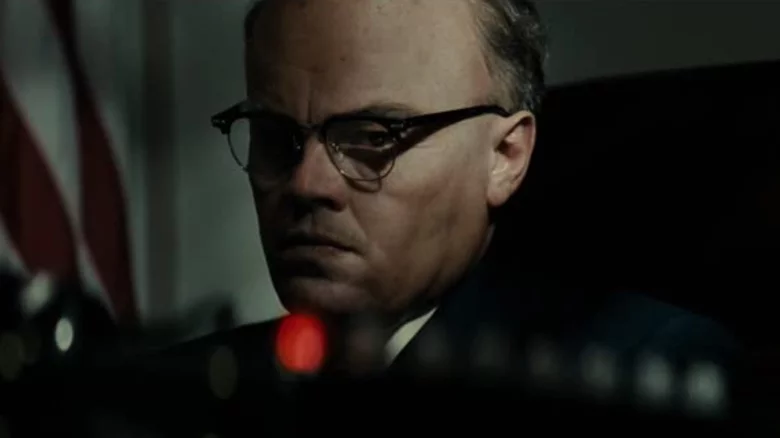Clint Eastwood is not a fussy filmmaker. He prefers to work quickly, which means he hires actors and crew members who can deliver exactly what he wants sans grumbling. And what exactly does he want? In most cases, authenticity. He needs his actors to be real, the dialogue to ring true, and, perhaps most importantly, the scene to look and feel totally genuine. Eastwood is a stylist in his way, but that style is minimal. It’s partially a reaction to the staginess of the films and television shows he grew up watching and making. Never forget that Eastwood’s been at this for a while. He made his feature debut in 1955’s “Revenge of the Creature” and put in eight seasons on “Rawhide.” So while he may be old-fashioned in his worldview, he’s certainly not trying to drag the medium back to the perfunctory aesthetic of his youth.

This is especially notable in his approach to lighting. Eastwood’s predilection for shadowy contrast was shared by cinematographer Bruce Surtees, who collaborated with the actor-director 11 times between 1971’s “The Beguiled” and 1985’s “Pale Rider.” Darkness was all the rage in the New Hollywood era (taken to groundbreaking extremes by Gordon Willis in “The Godfather”), and Eastwood, who specialized in antiheroes, found riveting moral complexity in those shades of gray. This was both technically and thematically antithetical to the visual style favored by John Wayne, the American icon Eastwood supplanted in the 1960s.
There’s truth in contrast

As Eastwood explained in a DGA Quarterly interview with Scott Foundas:
“I like getting on a realistic plane with the light. If you go back and look at some Westerns that were made by some of the most beloved directors of the 1930s and ’40s, you see people walk from the outdoors into a brightly lit room and you wonder, ‘Where’d they get all that electricity back in 1850?'”
Realism wasn’t much of a consideration when John Ford and Howard Hawks were creating the visual template for the western with Wayne in their viewfinder. Though Ford would eventually do some wonderfully contrasty stuff when he moved to color (check out the train station sequence in the first act of “Sergeant Rutledge”), their primary concern in the ’30s and ’40s was clarity. This meant lighting interiors like there was loads of electricity back in 1850.
By the time Eastwood started directing movies, he could indulge his preference for era-specific lighting:
“If you look at ‘Unforgiven’ as an example, which Jack Green and Tom Stern did a brilliant job lighting, they made it look like it was coal and oil lamps lighting everything. But in a lot of those old movies, there’s light all over the place and there’s no contrast. But you really don’t have to see everything.”
The eyes are the window to a battered soul

That rumble you hear is The Duke raising a ruckus in his Newport Beach grave. Eastwood continued:
“John Wayne had this theory that you had to see the eyes all the time, the eyes tell the story. I never believed that. You see the eyes when you need to see the eyes. And sometimes, what you don’t see is very appealing to the audience. You can dramatize a picture with shades of light.”
Eastwood frequently makes films about people who are concealing a tremendous amount of regret, if not outright shame. Characters like William Munney, Francesca Johnson and Maggie Fitzgerald don’t want you to see them for who they truly are. Heck, no one had more to hide than J. Edgar Hoover, so maybe that explains why Eastwood’s biopic of the former FBI chief is so darkly lit as to be unwatchable. It’s in their nature to avoid eye contact, so Eastwood, who is at his very best when dialed into his characters’ remorse, does them that stylistic solid. They’re wounded creatures. They’re not as adept at living a lie as John Wayne was.
